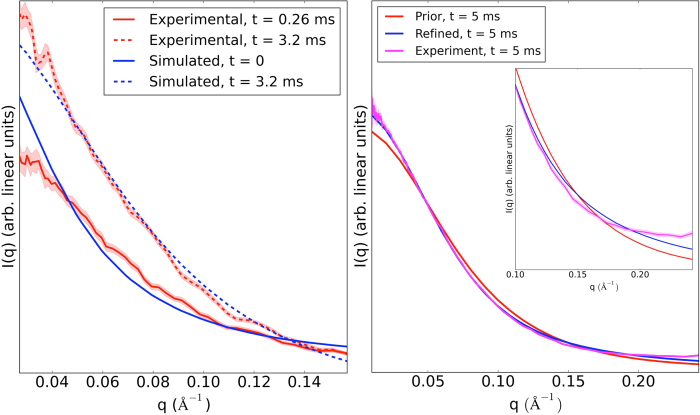Figure 1. Raw MD simulations agree with time-resolved SAXS data, refinement of MD simulations with the experiment results in an improved model.
(Left) The predicted time evolution of the ensemble SAXS profile by the MSM (blue) was compared to a continuous-flow SAXS experiment (red) as a way to benchmark the predicted excited state prior EMSM. Due to the dead time of the instrument, there was no t = 0 time point, and only changes from t = 0.26 ms onward could be observed. The simulated profiles at t = 0 and t = 3.2 ms were rescaled independently to the experimental t = 0.26 ms and t = 3.2 ms profiles respectively. The Rg of the experiment and simulation at the millisecond timescale agree within error (22.7 ± 2 Å vs. 21.9 Å respectively). (Right) Subsequent refinement of EMSM using the EROS algorithm gives a new ensemble ESAXS, that shows improved agreement with experiment. The experimental standard deviation due to repeat measurements is represented as the shaded area around the experimental SAXS profile.

